Table of Contents
What Seasoning to Put on Steak: Top Recommendations
The best seasonings for steak are coarse sea salt and freshly ground black pepper. These form the foundation for any steak. For added depth, consider garlic powder, smoked paprika, or dried herbs like rosemary. Here's how to choose and apply them for maximum flavor.
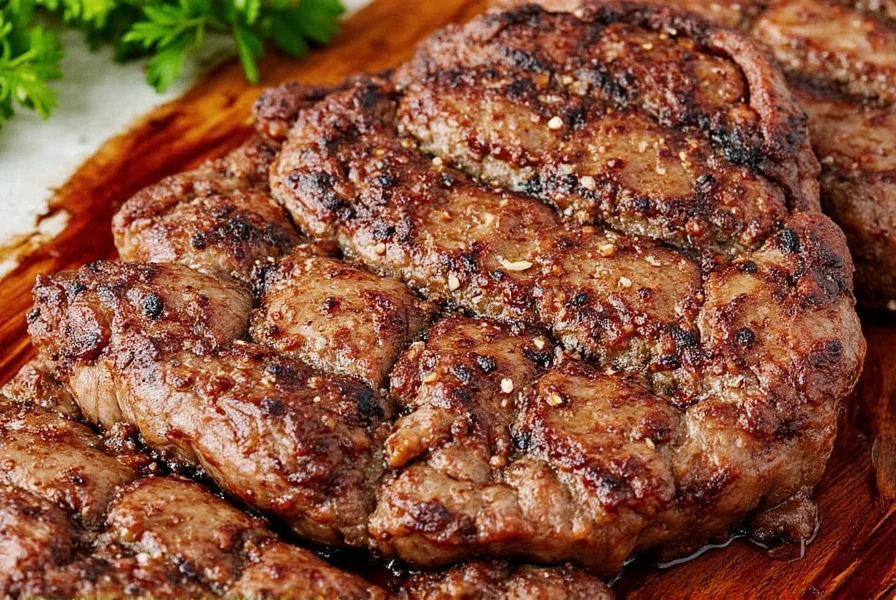
Classic Seasonings for Steaks
There's a reason classic seasonings have stood the test of time. They're simple, effective, and always deliver that mouthwatering taste. Here are some of the most popular and reliable options:
- Salt and Pepper: The ultimate duo. Coarse sea salt and freshly ground black pepper are the foundation of any great steak seasoning.
- Garlic and Herb Rub: A mix of garlic powder, dried thyme, rosemary, and oregano creates a savory depth that complements beef perfectly.
- Smoked Paprika: Adds a subtle smokiness without overpowering the meat. Great for grilled or seared steaks.
- Onion Powder: Enhances the umami flavor and gives a slight sweetness that pairs well with beef.
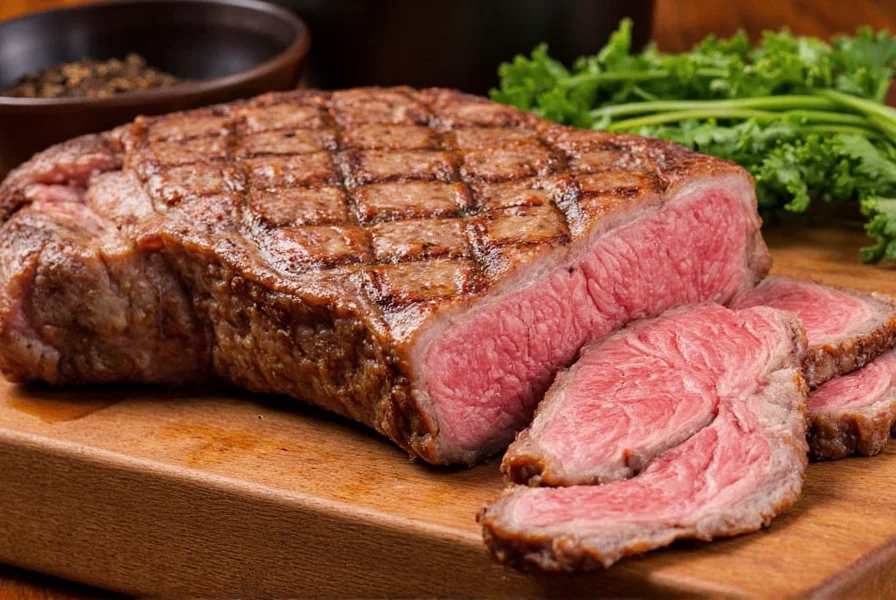
These seasonings work well on their own or in combination. For example, a simple salt and pepper rub can be elevated with a sprinkle of garlic powder and a dash of smoked paprika. This balance of flavors makes the steak more dynamic and satisfying.
Modern Twists and Fusion Flavors
If you're feeling adventurous, why not take your steak seasoning to the next level with some modern twists and fusion flavors? These options are perfect for those who want to experiment and impress their guests:
- Mexican-Inspired: Try a chili-lime rub with cumin, coriander, and lime zest for a zesty, spicy kick.
- Asian Fusion: Soy sauce, ginger, and sesame oil create a bold, umami-rich flavor profile that works wonders on grilled or pan-seared steak.
- Italian-Inspired: Oregano, basil, and garlic combine to give a fresh, herbaceous note that’s both aromatic and comforting.
- Mediterranean Blend: Olive oil, lemon juice, rosemary, and garlic create a light yet flavorful finish.
Fusion seasonings allow you to play with different cultural influences while still keeping the integrity of the steak intact. Whether you're hosting a dinner party or just looking to switch things up, these combinations offer a unique twist on the classic steak.
| Seasoning Type | Features | Advantages | Use Cases | Target Audience |
|---|---|---|---|---|
| Salt and Pepper | Simple, versatile, and easy to use | Enhances natural flavors, no added sugar or preservatives | Perfect for everyday meals, grilling, or pan-searing | Beginners, casual cooks, and purists |
| Garlic and Herb Rub | Contains garlic, thyme, rosemary, and oregano | Provides a rich, savory flavor with a hint of freshness | Great for roasting, grilling, or slow-cooking | Cooking enthusiasts, home chefs, and flavor lovers |
| Smoked Paprika | Has a smoky aroma and deep color | Adds complexity and enhances the charred flavor of grilled meats | Ideal for BBQ, grilling, and smoking | BBQ lovers, outdoor chefs, and grill masters |
| Chili-Lime Rub (Mexican) | Includes chili powder, cumin, coriander, and lime zest | Offers a bold, zesty, and slightly spicy flavor | Perfect for tacos, fajitas, or grilled steak | Foodies, adventurous eaters, and party hosts |
| Asian Fusion Blend | Combines soy sauce, ginger, and sesame oil | Delivers a savory, umami-packed flavor with a touch of sweetness | Works well with stir-fries, grilled meats, or dipping sauces | International cuisine lovers, food bloggers, and creative chefs |
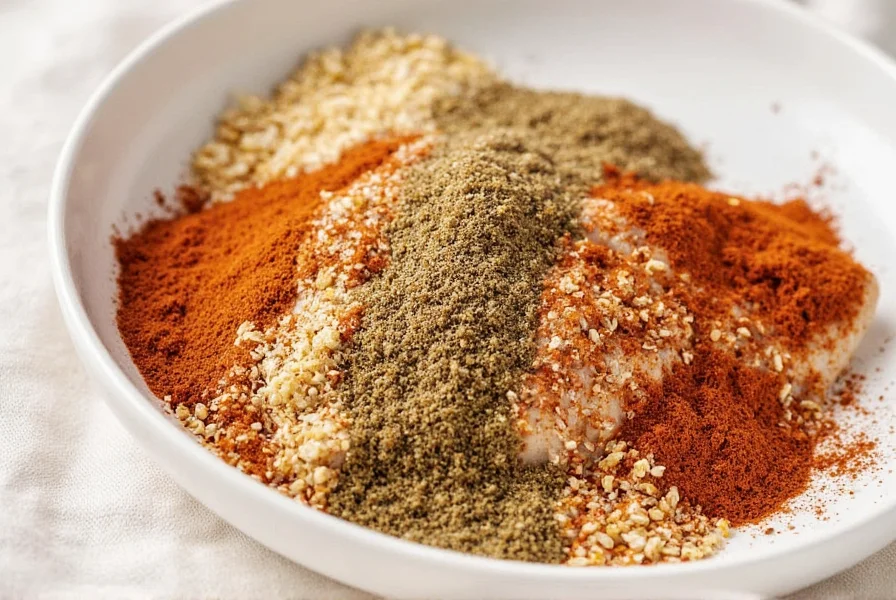
When purchasing seasonings, look for high-quality products that are free from artificial additives. For instance, a premium garlic and herb rub should have real garlic and dried herbs rather than powders or fillers. Similarly, a good smoked paprika should be made from high-quality peppers and not contain excessive salt or preservatives.
Consider the occasion as well. A simple salt and pepper seasoning is perfect for a casual family dinner, while a fusion blend might be better suited for a themed dinner party or a special celebration.
Practical Tips for Seasoning Your Steak
Even the best seasoning won’t do much if you don’t apply it correctly. Here are some practical tips to ensure your steak is perfectly seasoned every time:
- Season Generously: Don’t be shy with the salt and pepper. A generous layer ensures even coverage and maximum flavor.
- Let It Sit: Allow the steak to sit at room temperature for about 30 minutes before cooking. This helps the seasoning adhere better and promotes even cooking.
- Use Fresh Ingredients: Freshly ground black pepper and homemade spice blends often yield better results than pre-packaged mixes.
- Don’t Overdo It: While it’s important to season well, too much can mask the natural taste of the steak. Balance is key.
- Experiment and Taste: Don’t be afraid to try new combinations. Always taste your seasoning before applying it to the steak.
One of the most important things to remember is that what seasoning to put on steak ultimately depends on your preferences. Some people prefer minimal seasoning to let the meat shine, while others enjoy bold and complex flavors. The key is to find the right balance that suits your taste and the occasion.
Frequently Asked Questions
What is the best seasoning for steak?
The best seasoning for steak starts with coarse salt and freshly ground black pepper, which enhances natural flavors without overpowering the meat. For more complexity, add garlic powder, smoked paprika, or dried herbs like rosemary. The ideal blend depends on your steak cut and personal taste—simple cuts like ribeye shine with minimal seasoning, while tougher cuts benefit from bolder rubs.
Do you put salt on steak before or after cooking?
Season steak with salt at least 40 minutes before cooking (or up to 24 hours for thicker cuts). This allows salt to penetrate the meat, improving tenderness and flavor distribution. Avoid seasoning 3-40 minutes before cooking, as this draws out moisture without sufficient time for reabsorption. For last-minute seasoning, apply salt immediately before searing.
How much seasoning should I use on steak?
Use about 1 teaspoon of salt and ½ teaspoon of pepper per pound of steak. For rubs, apply a visible but thin layer—enough to coat the surface without piling up. Remember: you can always add more after cooking, but you can't remove excess seasoning. Under-seasoning is harder to correct than over-seasoning.
Can I use the same seasoning for all steak cuts?
While salt and pepper work universally, optimal seasoning varies by cut. Tender cuts like filet mignon need minimal seasoning to highlight natural flavor. Richer cuts like ribeye handle bolder blends (e.g., garlic-herb rubs). Tougher cuts like flank steak benefit from acid-based marinades or spice-heavy rubs for tenderization and flavor penetration.
Should I use wet marinades or dry rubs for steak?
Dry rubs are generally preferred for steaks as they create a superior sear and crust without steaming the surface. Use wet marinades only for tougher, leaner cuts (like skirt steak) where tenderization is needed. For most premium steaks, dry seasoning applied 30-60 minutes before cooking yields the best texture and flavor.
Conclusion: Elevate Your Steak Game
Seasoning is one of the simplest yet most impactful elements of cooking a great steak. Whether you stick to the classics or go for a modern twist, the right seasoning can transform an ordinary meal into an unforgettable experience. Understanding what seasoning to put on steak allows you to express your creativity and elevate your culinary skills.
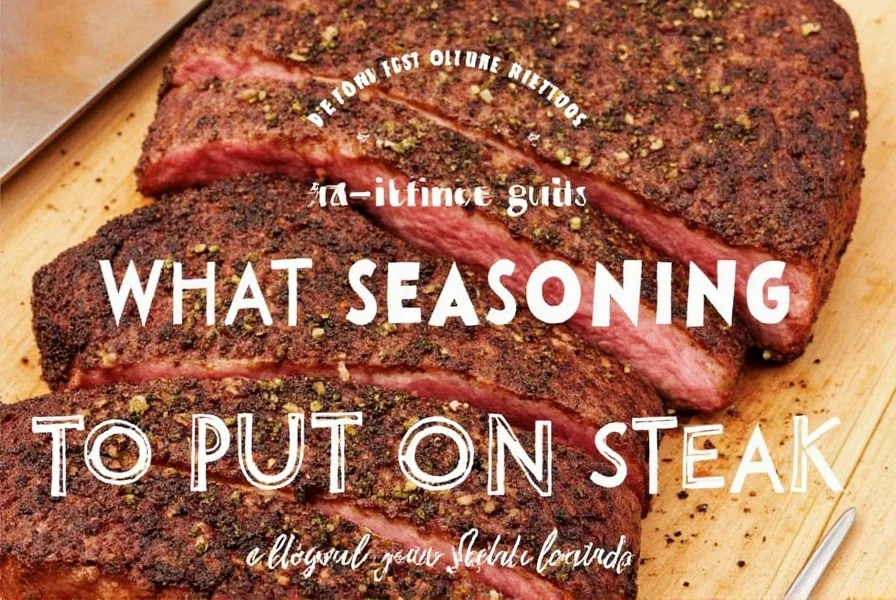
So next time you fire up the grill or hit the stove, remember that the right seasoning can make all the difference. With the right tools, knowledge, and a little bit of experimentation, you’ll be on your way to serving up the most flavorful steaks your guests have ever tasted.

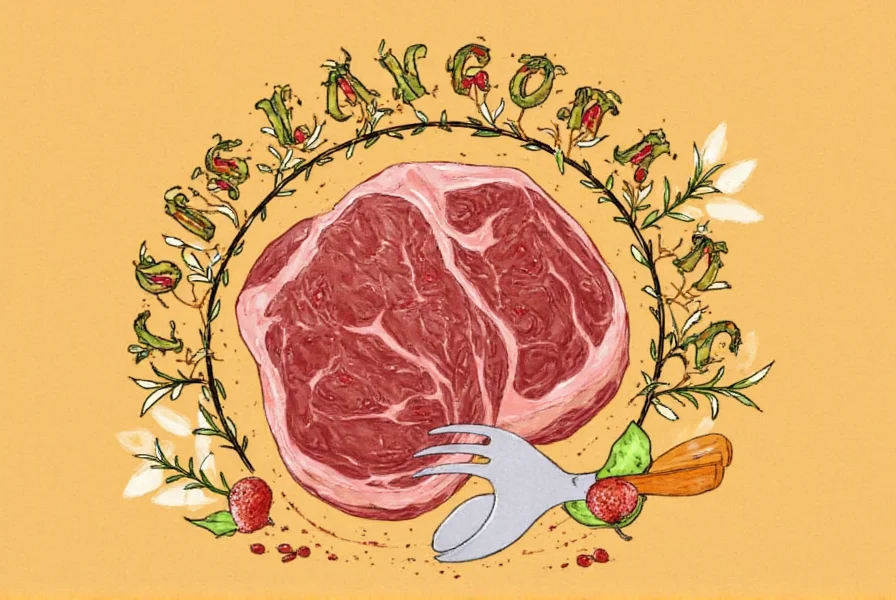









 浙公网安备
33010002000092号
浙公网安备
33010002000092号 浙B2-20120091-4
浙B2-20120091-4